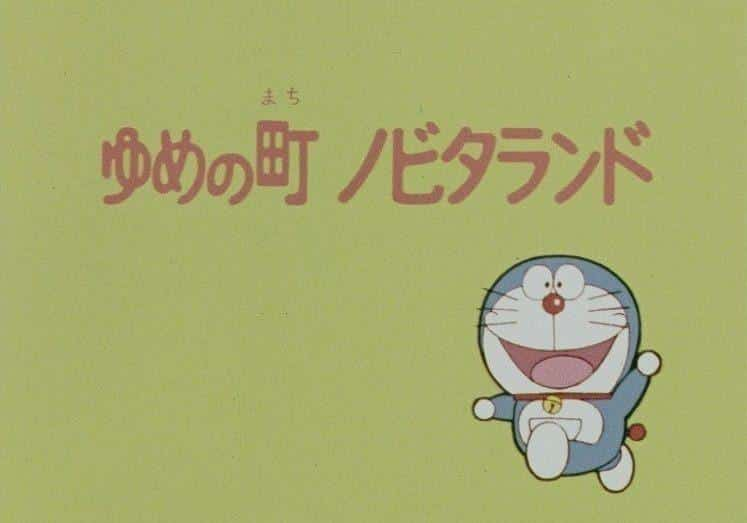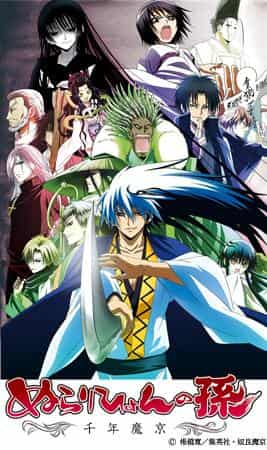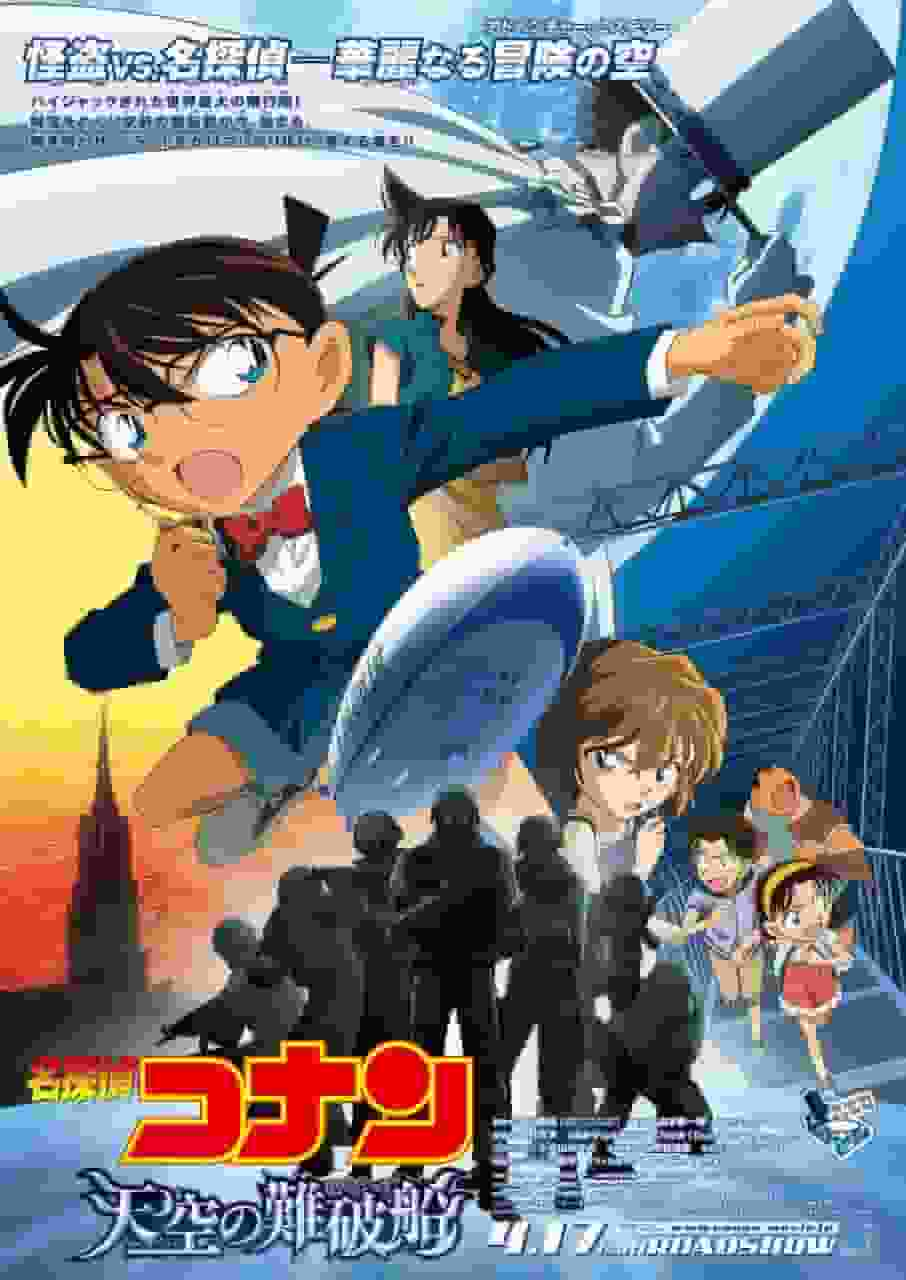Doraemon Episode 2 Review: What's the appeal of the TV Asahi version's first season?

Doraemon - The appeal and history of the first season of the TV Asahi series■ Public MediaTV anime series ■ Original Mediacomics ■ Broadcast periodApril 2, 1979 - March 18, 2005 1979/04/02~1981/09/23 Mon-Sat 18:50-19:00 (Kanto local 617 episodes) 1979/04/08~1980/03/30 Sunday 08:30~09:00 1980/04/06~1981/09/27 Sunday 09:30~10:00 (Re-edited version of the Kanto local version) 1981/10/02~1987/10/09 Friday 19:00~19:30 1987/10/23~1989/03/31 Friday 18:50~19:20 1989/04/14~2005/03/18 Friday 19:00-19:30 (1,787 episodes, 30 special episodes, later broadcasts were split into new episodes and reruns) The show was broadcast in two parts, A and B, or in two parts. In special programs, three parts were broadcast, and animations like program MCs, such as seasonal greetings and short stories by Nobita and Doraemon, and preludes to the main program, were inserted. The episode number is written as two episodes, with A part and B part. ■Broadcasting stationBroadcast: TV Asahi ■Frequencieshalf an hour ■ Number of EpisodesEpisode 1817 ■Original StoryOriginal work: Fujiko F. Fujio ■ Director・Chief Directors: Ryo Motohira, Tsutomu Shibayama ■ ProductionProduced by: TV Asahi, Asahi Tsushinsha ASATSU, ASATSU-DK, ADK , Shin-Ei Animation ■Works©Fujiko Pro, Shogakukan, TV Asahi, Shinei, ADK ■ StoryA 22nd century cat-type robot named Doraemon appears in the home of Nobita, a kind-hearted but extremely lazy elementary school student. As he comes from the future, he is no ordinary cat. He pulls out fantastic gadgets from the 4th dimensional pocket on his tummy, such as the Takecopter, which allows Nobita to fly just by wearing it on his head, and the Anywhere Door, which allows Nobita to go anywhere just by opening a door, and makes Nobita's dreams come true. The fun incidents that occur around Doraemon are endless. ■Explanation A nationally popular anime program broadcast every Friday night at 7pm on TV Asahi. Originally written by Fujiko F. Fujio. First broadcast in April 1979, both the TV series and the movie have reached their 35th anniversary. Doraemon, a cat-shaped robot from the 22nd century, has come to change the future of Nobita, who always gets zeros and is bad at both studying and sports! A slightly mysterious story about making everyone's wishes come true with the "secret gadgets" that come out of his fourth-dimensional pocket. ■ Main staff・Original work: Fujiko F. Fujio ■ Main Characters・Doraemon The appeal of Doraemon and its historyDoraemon is a popular anime series that began broadcasting on TV Asahi in 1979 and has a staggering 1,817 episodes over its 26-year run. It is based on the manga of the same name by Fujiko F. Fujio, and tells the humorous and heartwarming story of Doraemon, a cat-shaped robot from the future, and Nobita, a lazy elementary school student. The appeal of Doraemon lies in the diversity and depth of its stories. In each episode, Nobita and his friends solve various problems using the "secret gadgets" that are pulled out of Doraemon's fourth-dimensional pocket. The stories are not just gags, but also depict universal themes such as friendship, effort, and growth, and are loved by a wide range of people from children to adults. Doraemon's characters are also appealing. The main character, Nobita, is not good at studying or sports and often fails, but his kindness and caring nature towards his friends captures the hearts of viewers. Although Doraemon is a robot from the future, he is a very human character who loves dorayaki and dislikes mice. Unique characters such as Shizuka, Gian, and Suneo also add color to the story. History and Transition of BroadcastingDoraemon began broadcasting on April 2, 1979, and continued until March 18, 2005. During that time, the broadcast time and format changed several times. The initial broadcast was from 18:50 to 19:00 on Mondays to Saturdays in the Kanto region, and 617 episodes were broadcast. The broadcast time was then moved to Sunday mornings from 8:30 to 9:00 and 9:30 to 10:00, and a re-edited version of the Kanto local version was broadcast. From October 2, 1981 to October 9, 1987, it was broadcast on Fridays from 19:00 to 19:30, and from October 23, 1987 to March 31, 1989, it was broadcast on Fridays from 18:50 to 19:20. From April 14, 1989 to March 18, 2005, it returned to Fridays from 19:00 to 19:30, with 1,787 episodes and 30 specials broadcast. In the later broadcast period, it was sometimes broadcast as a double feature of new episodes and reruns. The show was often broadcast in a double feature or a two-part series, but sometimes a triple feature was broadcast for special programs. Also, Nobita and Doraemon would sometimes insert seasonal greetings, short stories, or animations like program MCs, setting up the main story. These ideas allowed viewers to experience the world of Doraemon with a fresh feeling every time. Production and staffDoraemon was produced jointly by TV Asahi, Asahi Tsushinsha (ASATSU, ASATSU-DK, ADK), and Shinei Animation. The chief directors were Ryo Motohira and Tsutomu Shibayama, who faithfully reproduced the worldview of the original author Fujiko F. Fujio while adding unique animation elements to create a work beloved by viewers. The copyright is shared among Fujiko Productions, Shogakukan, TV Asahi, Shin-Ei, and ADK, and these companies have worked together to expand the world of Doraemon. Shin-Ei Animation in particular has played a vital role in the production of Doraemon, and has continued to provide high-quality animation. The charm of the main charactersThe main characters of Doraemon are all unique and attractive. Below, we will introduce the characteristics of the main characters in detail. DoraemonDoraemon is a cat-shaped robot from the 22nd century. He was sent to the present day in a time machine by Nobita's great-grandson Sewashi to help the lazy, crybaby Nobita. He takes out various "secret gadgets" from the fourth-dimensional pocket on his stomach and solves the problems of Nobita and his friends. His favorite food is dorayaki, and he hates mice, making him a very human character. NobitaNobita is an elementary school student who is not good at studying or sports, but he has a bright personality and a caring heart. He has a talent for cat's cradle, shooting, and napping that no one can beat. He loves Shizuka-chan and wants her to become his future wife. Nobita's growth and efforts are at the heart of the story, and viewers can learn a lot from his failures and successes. Shizuka-chanShizuka is Nobita's classmate, beautiful and smart, and popular in the class. She has a strong sense of purpose and hates crooked things. She is learning piano and violin, but her violin skills may not be that great. Shizuka is a great support for Nobita and adds warmth to the story. GiantGian is a strong and violent guy, but he is also a very reliable bully. His dream is to become a singer, but he has an incredibly bad voice and is tone-deaf. He causes trouble for his friends during his concerts in vacant lots. However, Gian values friendship and is portrayed taking action to help his friends in trouble, which often touches the hearts of viewers. SuneoSuneo's father is a company president, so his family is very wealthy. He often brags, making Nobita jealous. He tries to please Gian, and he also has a mother-boy side. His dream is to become a fashion designer when he grows up. Suneo's character serves as a negative example to the viewer, but also adds depth by depicting a story of friendship and growth at times. Doraemon's influence and evaluationDoraemon is a work that continues to be loved not only in Japan but all over the world. Its influence is not limited to anime, but also extends to movies, games, merchandise, and more. In particular, the film series has a new movie released every year, attracting many viewers. In addition, the Doraemon character is popular among children, and many merchandise is sold. Doraemon has received high praise and numerous awards. In particular, the creator of the manga, Fujiko F. Fujio, has been highly praised for his achievements, receiving the Shogakukan Manga Award in 1981 and the Medal with Purple Ribbon in 1991. The anime series has also received numerous awards and is highly acclaimed by viewers. Doraemon recommendations and how to watchDoraemon is a work that can be enjoyed by both children and adults, and is especially recommended for viewing with the family. The themes of the story are universal, such as friendship, effort, and growth, and can teach viewers many things. In addition, the humorous episodes using Doraemon's "secret gadgets" will provide laughter and emotion. There are many ways to watch Doraemon, including not only TV broadcasts, but also DVDs, Blu-rays, and streaming services. In particular, streaming services allow you to watch all past episodes at once, allowing you to fully enjoy the world of Doraemon. Also, be sure to check out the movie series, which you can't miss. Doraemon is a work that brings smiles and emotions to viewers, and its appeal will continue forever. Please experience the world of Doraemon and feel its wonderfulness. |
<<: The Ultraman: A new perspective on the appeal of this classic hero
>>: Waiting: A thorough analysis of the appeal of Minna no Uta!
Recommend
The Avenger review: A tale of revenge woven with epic drama and character depth
AVENGER: A devastated future and a journey of rev...
Foreign masters made their own 3D model of Black Widow, which is almost the same as the image in the movie
Recently, foreign media discovered the Black Wido...
The popular manga "Actor Yonagi Kei" has ended its serialization. The original author Matsuki Tatsuya is suspected of obscenity
On August 8, it was reported that the author of t...
Nightmare Nailhead is coming back! The epic horror film "Hellraiser" is confirmed to be rebooted
According to a report by foreign media "indi...
The new movie version of "Kamen Rider Zero-One" has been released and will be released on July 23
The latest episode of the popular Plastic Sentai ...
A thorough analysis of the emotion and depth of "Fate/stay night [Heaven's Feel] II.lost butterfly"!
Review and Recommendation for "Fate/stay nig...
"Hellboy" new poster released, new character setting exposed for the first time
Today, David Harbour, the star of the reboot of &...
The Witcher TV series strictly follows the original novel and will not adapt the game plot
The Witcher TV series will officially premiere th...
The movie "I'm the Big Brother" will be released in July 2020, and all the original cast will return
The silly Japanese drama "I'm the Boss&q...
Dungeons & Dragons: Rogue Glory may have a sequel, but the budget will be lower
Despite the poor box office performance of the fi...
One Piece "FILM RED" box office exceeded 11.4 billion in 23 days, surpassing EVA Final Chapter
Despite the impact of the epidemic, the new anima...
The light novel "Realistic Hero's Kingdom Rebuilding" will be adapted into a TV animation!
According to the new news released by overlap off...
"Black Widow" sued Disney for up to $100 million
Scarlett Johansson's team reportedly tried to...
The appeal and reviews of "Welcome to the Ballroom": A coming-of-age story depicting the world of dance
Welcome to the Ballroom: Passion and Challenge in...
The main visual image of the third season of "Dr. Stone" is released. Senku solves the mystery of petrification
Fans who are looking forward to the third season ...









